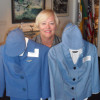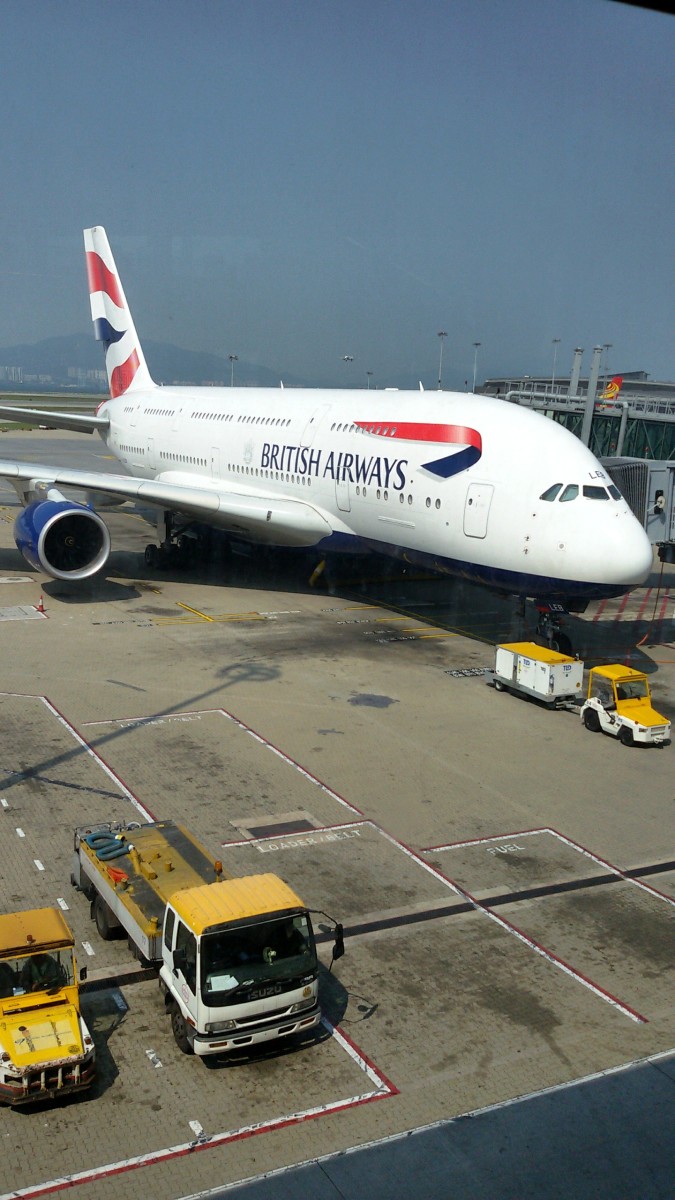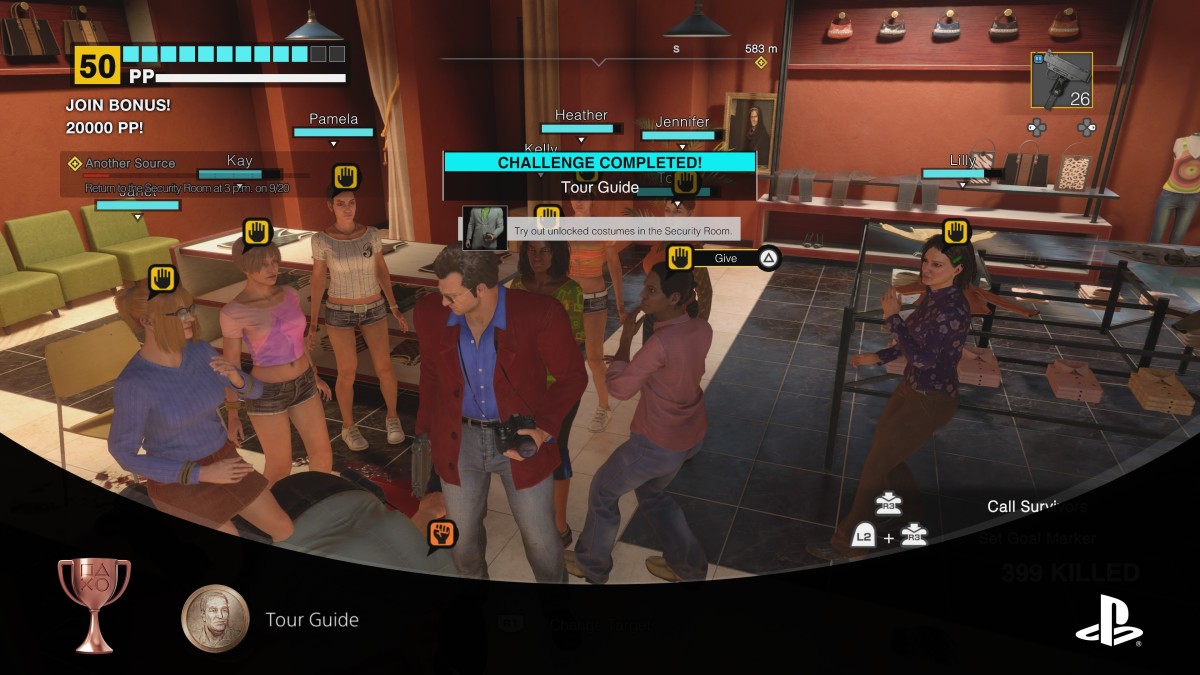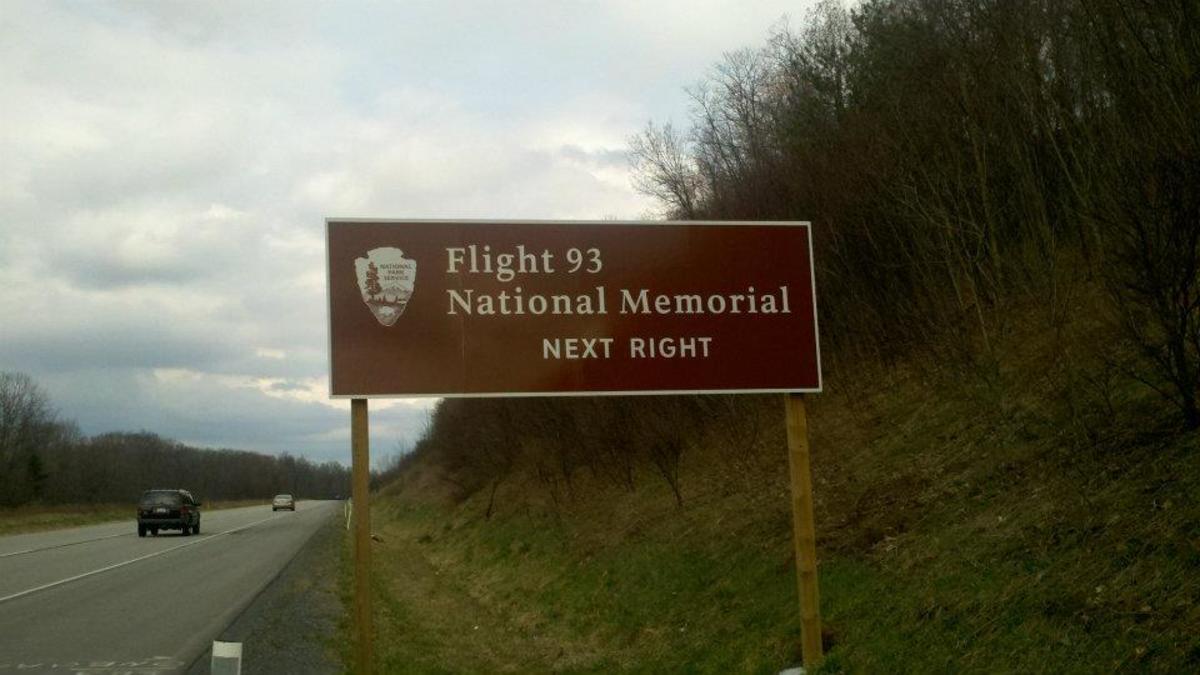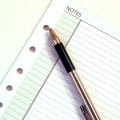Remembering 9-11 (Part 13 - Rising Like the Phoenix--Getting the Planes Back in the Air)
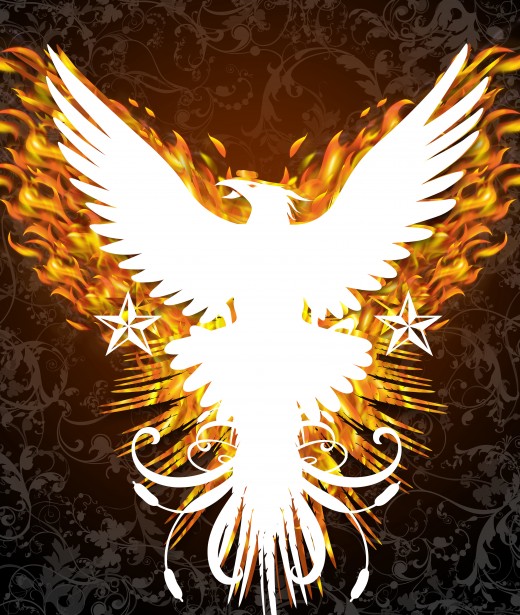
“Strength is born in the deep silence of suffering hearts; not amidst joy”
- Mrs. Hermans
The Phoenix is a bird found in the mythologies of the Arabians, Persians, Greeks, Romans, Egyptians, Chinese, Indians and Phoenicians. It is described as a beautiful plumed firebird with a golden tail and scarlet wings. Other colors mentioned are purple, green and blue. Individual cultures have their own specific interpretations of this legend; however, the story is basically the same.
This mythical bird has a life span between 500 to 1000 years, and as it nears death, it builds itself a nest of twigs and sets it on fire while in it. When it turns to ash, it is reborn to live again. The story of the Phoenix has been woven into past centuries and into modern times. The city of Phoenix, Arizona, is supposedly named after this bird because it was built on an old Indian ruin of the Hohokam tribe. The Hohokams were farming Indians who lived from the 7th to 14th centuries. They were unique in that they built canals to irrigate their crops. (Note 1) The Phoenix is also the official symbol of the city of Atlanta, Georgia, which was burned during the American Civil War. The symbolism represents the city’s rebirth after its destruction during the war
Even though the U.S. aviation industry was much younger than a Phoenix, it needed to rise again, like the mythical bird, from the ashes of September 11th. On September 12th, planes that had been rerouted the day before were allowed to depart for their original destinations, even some of the international flights which had landed in Canada. But it was not until September 13th that the nation’s airline system really began its rebirth, but the challenges of this task were going to prove more exhausting and complicated than one could imagine. New rules were created, and in the process, the freedoms that we had known only days earlier were now gone, perhaps forever.
As the airplanes began pushing back from their gates, the ashes from the Tower crashes, the Pentagon and the field in Pennsylvania were still smoldering and the stench of burning rubble filled the air with an odor we had not experienced in our country. When the planes began to take flight, a birthing of great change could be felt. But it was a birthing not only of sorrow and disbelief, but one accompanied by a collective understanding that a major shift in our environment had happened on that September day in 2001.
At 2:00 a.m. on September 13th in Washington DC, Transportation Secretary Norman Mineta and his staff announced a new set of rules for the flying public. Box cutters, knives and sharp items would not be allowed in the cabins of commercial aircraft. This rule also applied to the pilots and inflight crews. Other restrictions were no curbside parking and no online check-ins. The last of these new rules included no person without a boarding pass could enter beyond the security point. In the days and hours ahead, more rules would occur including no long term parking near airport structures.
Even though the 13th was the official start up date for U.S. commercial aviation, the skies after 12:00 p.m. on the 11th did have some activity. Along with the military flights, there were flights carrying law enforcement officers like the FBI officials on the United flight from San Francisco to Washington carrying 75 FBI investigators. (Note 2) The most controversial flights on the 13th were two private planes carrying Saudi Royals to Washington DC with an FBI escort. This information did not become public until March, 2005, when a lawsuit against the Department of Justice was won by a group called Judicial Watch. (Note 3) (More details on this subject will be covered in a later chapter.)
By September 14th, 424 of the 455 airports across the nation had met the new requirements set by the FAA. The new rules were hard to follow with any efficiency. People were not in place -- in place to do such things as thorough security checks, and the equipment was the same as that which allowed all 19 hijackers to pass through successfully. All three of the New York airports met this challenge; however, Boston’s Logan Airport was not reopened until September 15th. At Washington’s Reagan International Airport, reopening was delayed until October 4th due to its proximity to downtown Washington DC. After September 13th, agricultural planes and crop dusters could fly, but general aviation training flights could not. The planes with banners often seen at football games and flying up and down the coast over beaches were also still grounded. The last group of air vehicles allowed to fly were the traffic and news helicopters, along with sightseeing planes. During this period, foreign aircraft could leave the country but could not return, and no foreign aircraft were allowed to land at any U.S. airfields. (Note 2)
Yes, the aviation world in the United States was being reborn, and it was not an easy birth. In the early days following the brutal attacks, many of the scheduled airline flights were extremely light. The load factors had dropped drastically. But just getting the dispersed planes back to their hubs, was a major challenge. For example, in the case of Cathy, a flight attendant for Continental (See Chapter on “Feeling the Effects”), their crew desk had them and their plane in a different city. The confusion and the need for patience amongst the crew desks and dispatchers must have been extreme.
As the airlines are trying to return to order, the impact of what had just happened was creating a huge imprint. Our industry that was brutally attacked was trying to pick itself up and start anew. At 11:00 a.m. on September 13th, the announcement by Secretary Norman Mineta was that the airline system was very complex, and it would take time to get it running smoothly again. That was a major understatement. In the days ahead, information about airports, airlines, and government agencies changed frequently. The biggest change was that now they wanted domestic travelers to arrive 3 hours before their scheduled departure. International flights were even longer. (Note 5)
Yes, this new environment was different. It had shifted into an unfamiliar space. It took just one day to change our world, but that one day had taken years of planning and lots of financial backing. In the Boston Globe on September 15th, one of the headlines announced that the events of September 11th had been in planning for at least five years.
September 13th, 2001 was full of starts and stops – like a new driver trying to drive a clutch car for the first time. One of the start-stops involved agricultural planes. On September 13th they were given the go-ahead to fly, but that was retracted almost immediately and delayed until the 16th due to security concerns. Another of the start-stops were the New York airports which opened their doors cautiously on September 13th, but closed them again in the early evening due to nine questionable Arabs trying to fly on different flights – one out of LaGuardia and two others out of JFK. The first was American Flt 133 headed for Los Angeles at 4:00 p.m. This story was mentioned on all three major news networks on that day. Also at JKF, an Arab man tried to board AA Flt 299 to San Jose. This man was supposedly one of the men scheduled to be on the cancelled United Flight 23, which I discussed in the Chapter entitled “Were There More.” (Notes 7 & 8 )
Paranoia was a strong emotion now felt by our nation, and that emotion was unfamiliar in the land of the free. Nancy Gibbs wrote in Time magazine on September 24, 2001, “We were fighting two enemies: one unseen, the other inside.” Terror in our nation was heightened. She also wrote that, “across our land, faith and fear, and resolve wove together in a tight band.” People were buying guns and gas masks. (Note 6)
An example of the terror being felt was that bomb scares emptied 90 sites in New York alone on September 14th, and people began wearing sneakers to work in case they had to rapidly leave their buildings. (Note 6) To say our nation was on edge would be an understatement. Even in the United Kingdom, planned TV shows with fictional terror – plane crashes or bombings – were cancelled. (Note 4) Our psyches were full, and we were afraid. Freedoms that we took for granted would be challenged over and over again – and they still are.
On Friday the 14th, there was a National Prayer Day, and candlelight vigils were held all across this country, as well as other countries around the world. It was also on this Friday, the 14th that many international flights were given the OK to come home. So on Saturday the 15th of September, I left Hong Kong and landed about 12:00 p.m. that same day. My friend Mimi returned a few hours later from London. (See chapter on “Coming Home”)
American life had been severely constrained while our aviation world was trying to reboot and get back to normal. Many sporting events were cancelled. Not only could the teams not get to the right locations, but the cancellation expressed the sporting world’s collective sorrow and respect for the losses. It was not until Sunday, September 16th that major league baseball opened its gates again. Baseball was not alone in cancelling events. Golf tournaments, NASCAR races, and football games across the country were also postponed until things could get somewhat back to normal. But the truth will be that it would not return to normal – it would not be like it was before September 11, 2001.
When the fans were welcomed back, they had long slow lines to endure. I remember two events I attended in early in 2002 – the Rose Bowl football game, and a month and a half later, the Super Bowl. Both of these events took so much time making it through the gates due to new search rules, not enough staff and no rehearsed procedures. But the crowds knew they had to behave, because after all, they were happy to be alive plus security’s patience had no room to compromise.
When the Phoenix was reborn from its ashes, it grew once again into a beautiful bird with vivid colors of gold and scarlet, along with shades of purple, green and blue. But when the airlines returned to the air after 9-11, whatever beauty or glamour they had was lost in the ashes of that fateful day.
Notes:
1. Http://wikipedia.org/wiki/hohokum.
2. Http://wiki.answers.com/Q/How_long_were_planes_grounded_after_911.
3. Http://www.sourcewatch.org/index.php?title=September_11,_2001:_Evacuation_of_Saudi_Nationals
4. http://en.wikipedia.org/wiki/Closings_and_cancellations_following_the_September_11_attacks
5. http://honeymoons.about.com/library/weekly/aa091301.htm
6. Gibbs, Nancy, “Mourning in America”, Time, September 24, 2001, pgs. 19-27.
